Are you a big cat enthusiast? Are you passionate about big cat sightings in the wild? Renowned for their killer instincts and majestic appearance, big cats are found all over the world. The feline beauty and universal appeal of big cats make them a favorite amongst wildlife lovers. Encountering these extraordinary predators in the wild is truly a matter of luck as they are quite rare. Nonetheless, a little bit of effort and determination is all you need for spotting these majestic beasts. In this article, we have listed the best places where you can spot big cats in their natural habitat and capture your favorite wildlife moments. So, get your hands on some good camera gear and prepare yourself for a thrilling wildlife experience.
Lion
Popularly known as the ‘king of the jungle’, the lion is the world’s second-largest big cat, after the tiger. Lions can be categorised into two types, namely the Asiatic lion and the African lion. Unlike most solitary big cats, lions are highly social animals and they usually live in groups called ‘prides’. Lions have a distinctive tawny-colored coat although they do not depend on camouflage like most other wild cats. It is pretty easy to spot the African lions. You can encounter them in African national parks such as Maasai Mara and Serengeti. Nonetheless, the best place to catch a sight of the endangered Asiatic lions in the Gir National Park which is situated in the Indian state of Gujarat. Since the Gir National Park is surrounded by a forested area, you may have to be extremely patient to spot big cats in this region.
Jaguar
The jaguar is the largest big cat found in the Americas. From dense jungles to shoreline forests, they live in different types of habitats. Its beautiful and unique coat provides outstanding camouflage. Jaguars are skilled swimmers and hunt an array of prey from small alligators to deer and even sloth’s on the river banks. Unlike most big cats, jaguars do not roar. The best place for jaguar sighting is the Brazilian Pantanal where these phenomenal beasts are found around rivers. However, jaguars are hardly seen during the rainy season, and hence, it is preferable to stay on the river for at least a couple of days to encounter these majestic beasts.
Tiger
The largest cat species in the world is none other than the tiger. Known for their feline appeal and awe-inspiring looks, full-grown tigers usually weigh up to (661 pounds) 300kg. Unlike the majority of the big cats, tigers are proficient swimmers and they don’t live in permanent groups. Furthermore, these ambush hunters are opportunists, and therefore rarely let their prey escape. Owing to uncontrolled poaching and loss of natural habitat, there are fewer than 4000 wild tigers left on the planet. In fact, the whole world is putting in significant endeavors to save these endangered big cats from becoming extinct. As of now, the best place to spot these majestic animals in the wilderness is the Kanha Tiger Reserve in India. Tigers are seen in this region on most days and you can even encounter multiple big cats if you are lucky enough. So, book a wildlife safari in the reserve and get ready to spot beautiful beasts.
Leopard
Known for their agility, leopards are fast-paced animals and powerful swimmers. They have distinctive dark spots on their coat which complement their overall feline beauty. Skilled at climbing trees and carrying heavy prey, leopards can often be seen resting on tree branches during the daytime. Being one of the most elusive big cats, it is extremely difficult to trace them in the wilderness. With the widest range of habitats among all wild cats, these solitary animals are found across Africa and Asia. The Yala National Park in Srilanka is considered the best place in the globe to spot leopards in their natural habitat. So, go on a safari in Yala to bask in the picturesque landscape of the deciduous forest and spot leopards up close.
Snow leopard
Snow leopards inhabit the snowy and rough mountainous regions in the south and central Asia. The ideal habitat of these unique big cats is cold and desolate yet they are able to adapt. The furry and huge paws of snow leopards enable them to walk in deep snow. Just like jaguars, snow leopards do not roar. Adult snow leopards live solitary lives and they only mingle with other leopards during the mating season. Owing to the low numbers and exceptional camouflage of these big cats, it is extremely herculean to spot them in the wild. The best place to catch a sight of these ravishing beasts is the Hemis National Park situated in the eastern Ladakh Union Territory of India. Nevertheless, it must be noted that the snow leopard-spotting adventure is not for timorous people as the trip involves encamping on high-altitude alpine regions where it gets inordinately cold during the night.
Puma
Pumas, commonly known as mountain lions or cougars are solitary big cats. Pumas usually live in habitats like prairies, forests, deserts and swamps. Powerfully built, the large and muscular hind legs of pumas contribute to their remarkable jumping power. These magnificent creatures acquire the skill of climbing trees early in their lives. Known for their exceptional hunting ability, these ambush predators can even prey on large animals like elks and mooses. Owing to the cat’s rarity, puma sightings are a great delight for wildlife lovers. Home to over 50 pumas, the Torres del Paine National Park in Chile is the best place to catch a glimpse of these wild cats across the mountains where they hunt guanacos. Additionally, the picturesque landscape of the national park will make your wildlife experience much more engaging.
Cheetah
Renowned as the fastest land mammal in the world, cheetahs can reach speeds up to seventy miles per hour. Without a doubt, the remarkable speed of cheetahs gives them an added advantage over other apex predators. These majestic animals have thousands of distinctive spots on their coats which allow them to camouflage themselves whenever it is necessary. Some time ago, cheetahs were abundant in Asian and African continents. But now they are only found in the dry grasslands, scrub forests, savannahs and deserts of Southeast Africa. Spotting cheetahs in the wilderness is pretty easy. The best place to sight these fantastic beasts is the Kruger National Park in South Africa which is known for its high density of big cats.
There is no doubt that big cats are amongst the top wildlife attractions in the world. However, the population of these majestic creatures has shrunk due to a rise in illegal hunting and habitat destruction. Therefore, efforts are being made to save big cats from extinction.
Keeping all that aside, ensure that you make use of the above-mentioned guide to choose the best destination for fulfilling your quest of spotting big cats in their natural habitat.
The post 7 Majestic ‘Big Cats’ and Where to Find Them in Their Natural Habitat appeared first on YourAmazingPlaces.com.

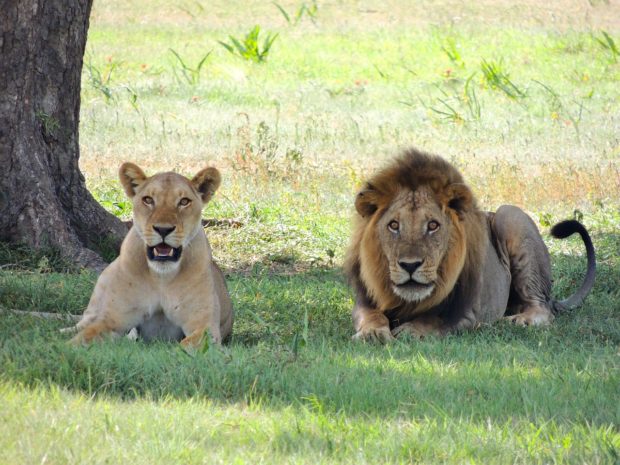
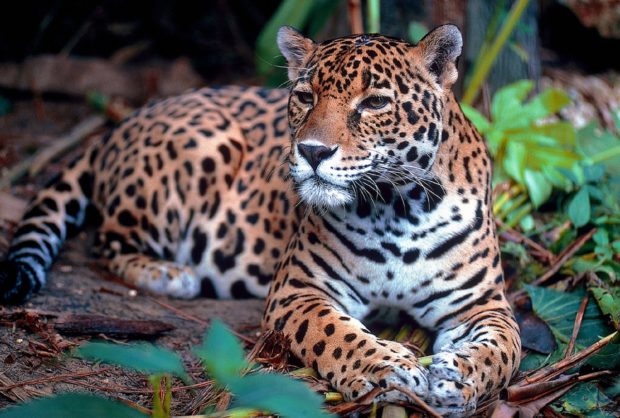
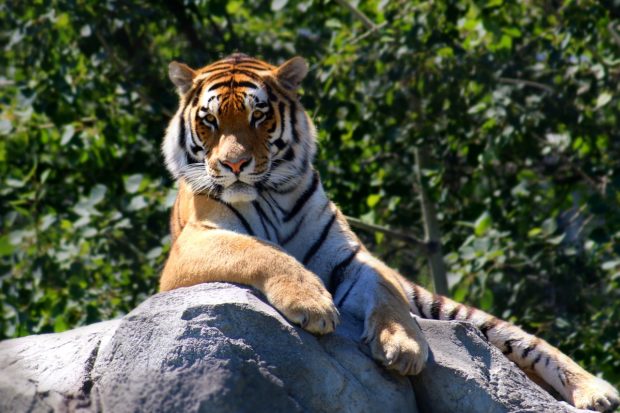
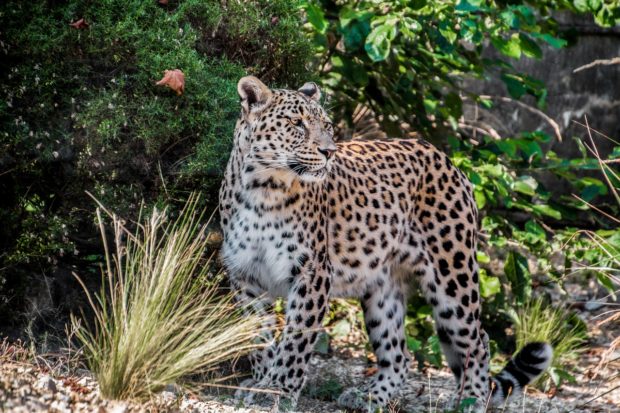
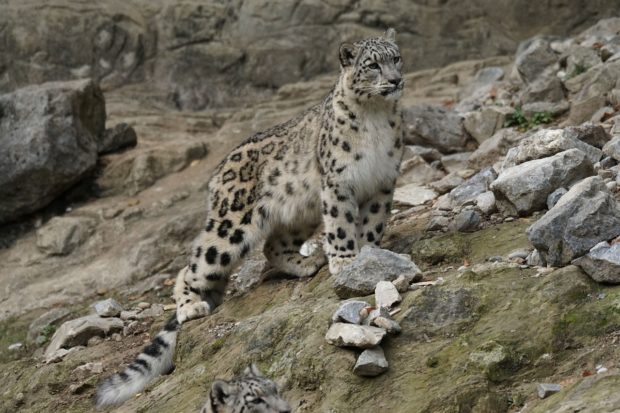
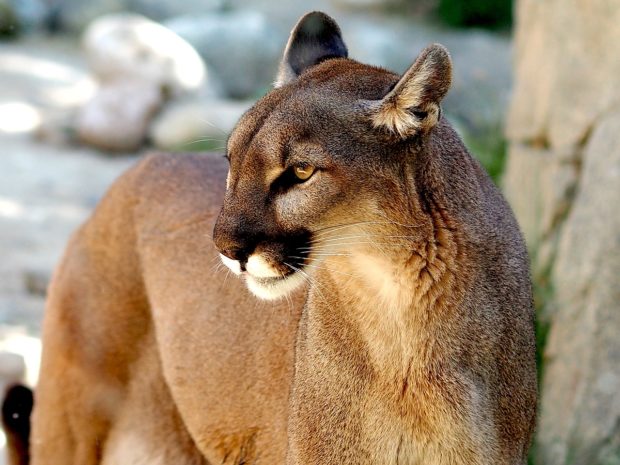
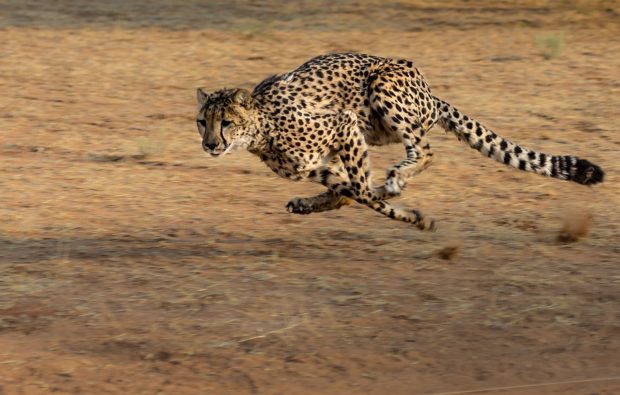

No comments:
Post a Comment